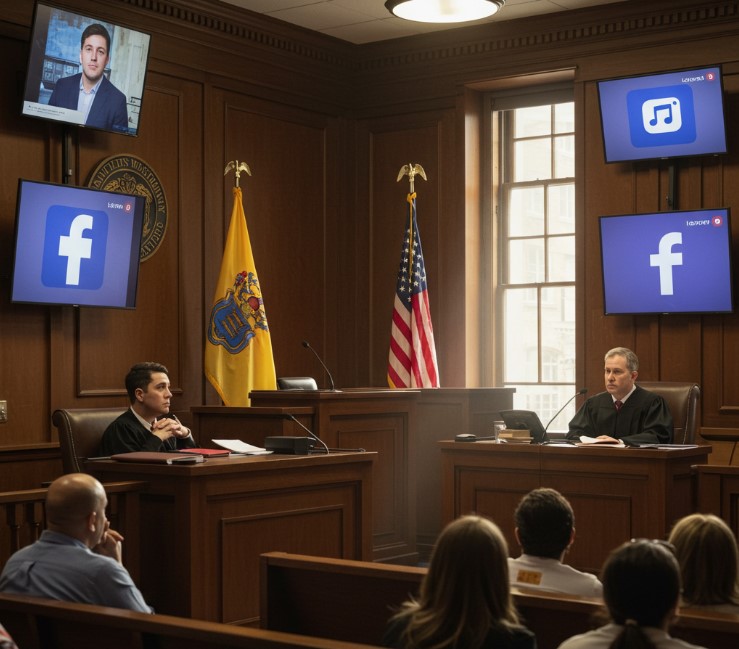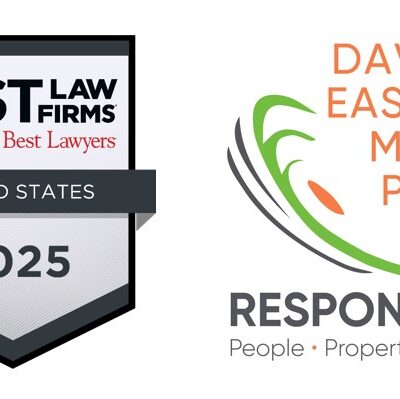Published in the New Jersey Planner, November/December 2012
A non-conforming use is a use that was lawful prior to an amendment of a zoning ordinance. A preexisting non-conforming use may continue indefinitely unless it is terminated, abandoned or substantially destroyed. Notwithstanding this entitlement to continued existence, non-conforming uses “are disfavored in that they are inconsistent with objective of uniform zoning” and the Courts seek to reduce them “to conformity as quickly as is compatible with justice.” [1]
In addition, valid pre-existing non-conforming uses must be actively and continuously maintained.
The owner of non-conforming uses must be on guard against losing its right to the use.
TERMINATION
The right to continue a non-conforming use is terminated when a non-conforming use is replaced by a conforming use. Most municipalities have ordinances similar to Fairfield Township, Essex County’s section 45-66.4, which states: “no nonconforming use shall, if once changed into a conforming use, be changed back into a nonconforming use.”
This ordinance reflects the policy of this state since 1951, when the Court in Town of Montclair v. Bryan [2] noted that a change in use of the property from a multi-family dwelling to a single family home was a change in use that was fatal to its continuance as a nonconforming use. This finding is logical and consistent with the goal to eliminate non-conforming uses as quickly and as fairly as possible. Basically, once a certificate of occupancy is issued for a conforming use, the prior non-conforming use is extinguished. Otherwise, permitting a nonconforming use to re-establish itself would be like a burning ember bursting back to a full flame, thereby destroying the community’s zone plan.
ABANDONMENT
While a satiation of activity for a short period of time does not necessarily impact a non-conforming use, many ordinances provide a period of time in which the failure to maintain the non-conforming use constitutes abandonment. The Courts do not enforce those time limits but look to a two prong test.
The Appellate Division explained that abandonment requires the “concurrence of two factors: (1) an intention to abandon, and (2) some overt act or failure to act which carries a sufficient implication that the owner neither claims nor retains any interest in the subject matter of the abandonment.” [3] This test applies both a subjective (party’s intention to abandon) and objective (overt act or failure to act that implies the owner does not retain any interest) standard. Thereby, the Courts have determined the issue of abandonment to be a “matter of intent,” and that “intent must be continuing and definite and the owner bears the burden of proof by competent evidence.” [4] But as explained in Moskowitz’s … Book of Development Definitions:“Conversion of a nonconforming use to a conforming one is always indicative of an intent to abandon the use.” [5]
Two illustrative cases of the abandonment doctrine involve pigs [6] and horses [7]. In the pig case, the property owner discontinued pig farming for a period of 7 years or more and allowed the pigpens to go into a state of disrepair. After the lapse of use and deterioration of the pigpens, which necessitated the property owner’s application to reconstruct the pigpens, the Court found the use to be abandoned. Basically, the Court found the failure to maintain the pigpens, even though pig farming was discontinued, to constitute the objective act. In the horse case, the paddocks remained undisturbed for 27 years. The testimony was that the property owner could not afford horses over the time period but always hoped their circumstances would change. In fact, the property owner “continued to spend money on the structure by painting it and keeping it in otherwise good shape and repair so that the barn was ‘exactly the same'” over the years. [8] The Court agreed and found that abandonment had not occurred.
When a community is faced with a deleterious use that has gone lights out for a year or two, it is advisable to put the owner to his proofs. Especially if the physical nature of the use has changed, say by removing the bar, the stage or some other piece of equipment or structure that was intrinsic to the non-conforming use. Remember the mere length of non-use may not be enough to succeed in Court. It will depend on the finding of the intent of the owner and the surrounding circumstances.
TOTAL DESTRUCTION
Eliminating non-conforming uses because of destruction is tricky. Many ordinances set a percentage of destruction in order to define “total destruction”. The Courts are not willing to merely respect those percentages and will look at the overall circumstances. [9] However, if the entire building footings and all are removed, then total destruction has occurred and the nonconforming use is terminated. [10]
Mr. Cox suggested in his treatise that if two walls remain, that may be enough to rebuild. [11] While the burden of proof remains on the owner; in most situations the owner should be permitted to rebuild the non-conforming use. There are always exceptions. The board should carefully consider if rebuilding the structure exactly as it existed, would perpetuate a dangerous condition, if so, then it could reject that condition.
Some courts have also drawn a distinction between pre-existing non-conforming uses and non-conforming uses created by variance, finding the latter has a greater entitlement to being rebuilt. [12]
CONCLUSION
Zoning officers must enforce their ordinances regarding destruction and abandonment, notwithstanding the state of the law. However, depending on the record created before the board of adjustment, and the facts of the case, the Court may not enforce the ordinance. The Courts are trying to strike a balance between the elimination of non-conforming uses and the property rights of the non-conforming use owner.
It is said that, Justice rewards the vigilant. This is very true in the area of non-conforming uses and their elimination.
Dennis M. Galvin, Esq., teaches the Introduction to Zoning Officer course at Rutgers University, is an assistant NJPO Counselor, and is an attorney in various capacities for the Communities of Fairfield, Franklin, Freehold, Hoboken, Point Pleasant Beach, Somerville and Summit.
___________________
- Belleville v. Panillo’s Inc., 83 N.J. 309, 315 (1980).
- Montclair v. Bryan, 16 N.J. Super. 535, 540 (Law Div. 1951).
- S & S Auto Sales Inc. v. Zoning Board of Adjustment for the Borough of Stratford, 373 N.J. Super. 603, 613-614 (App. Div. 2004)
- Id. at 624.
- Moskowitz, Harvey S. and Lindbloom, Carl G. The Latest Illustrated Book of Development Definitions. New Brunswick, New Jersey: Rutgers, the State University of New Jersey, by the Center for Urban Policy Research, 2004. p. 2.
- Villari v. Zoning Board of Adjustment, 277 N.J. Super. 130 (App. Div. 1994).
- Borough of Saddle River ex rel. Perrin v. Bobinski, 108 N.J. Super. 6 (Ch. Div. 1969).
- Id. at 8-9.
- H. Behlen & Bros., Inc. v. Mayor & Council of Town of Kearny, 31 N.J. Super. 30, 31 (App. Div. 1954); See also Lacey Township v. Mahr, 119 N.J. Super. 135 (App. Div. 1972).
- Hay v. Board of Adjustment of Fort Lee, 37 N.J. Super. 461, 465 (App. Div. 1955).
- Cox & Koenig, New Jersey Zoning & Land Use Administration (GANN, 2012). Sec. 11-4, p. 306.
- Grundlehner v. Dangler, 29 N.J. 256, 273 (1959).












